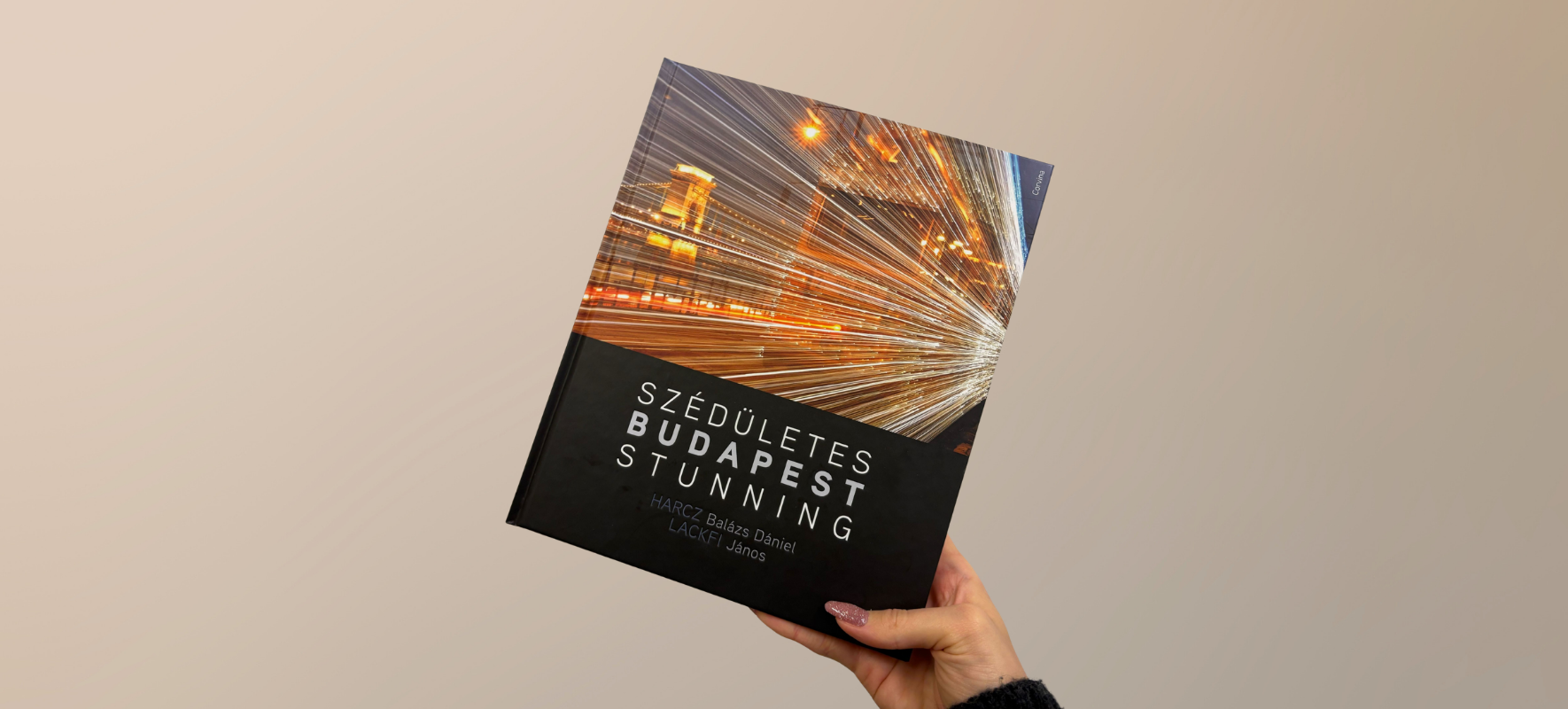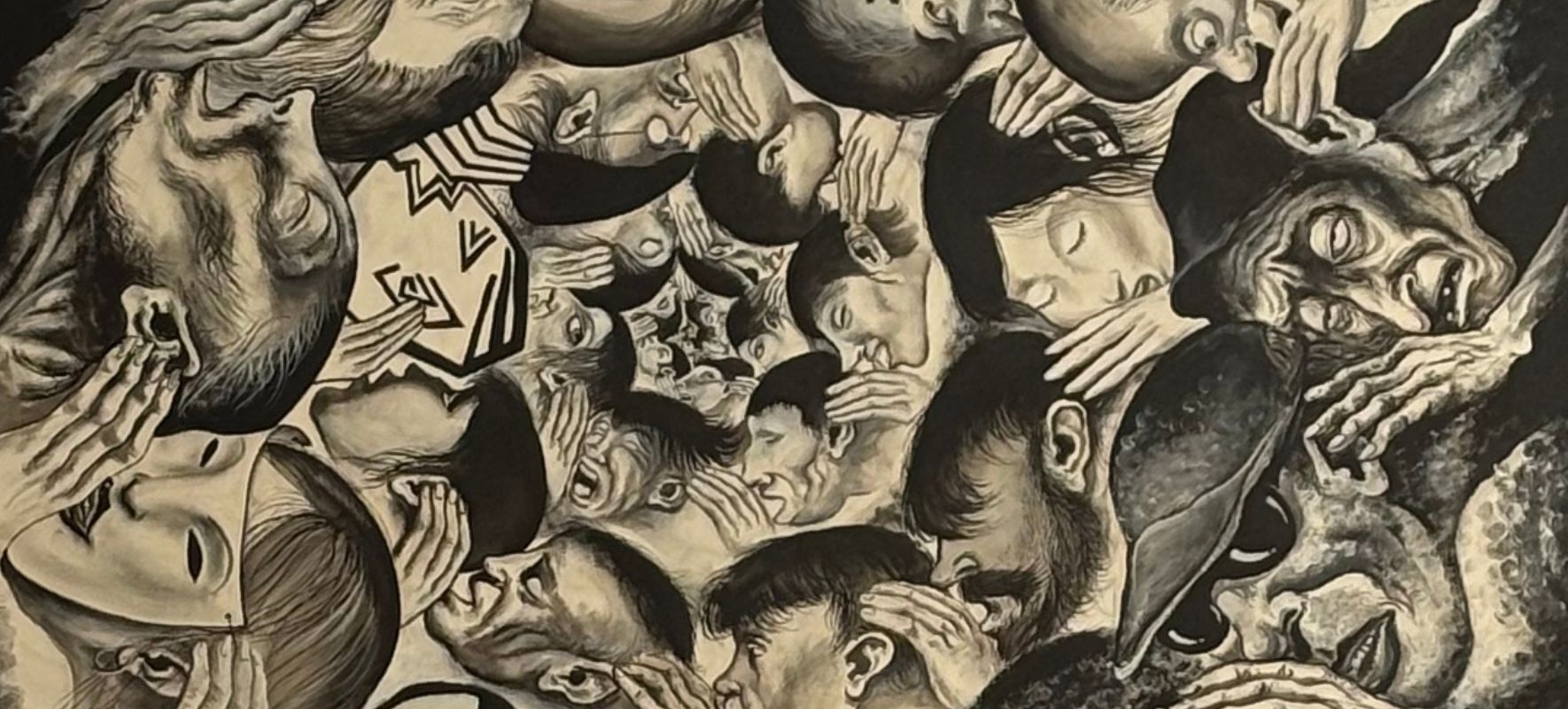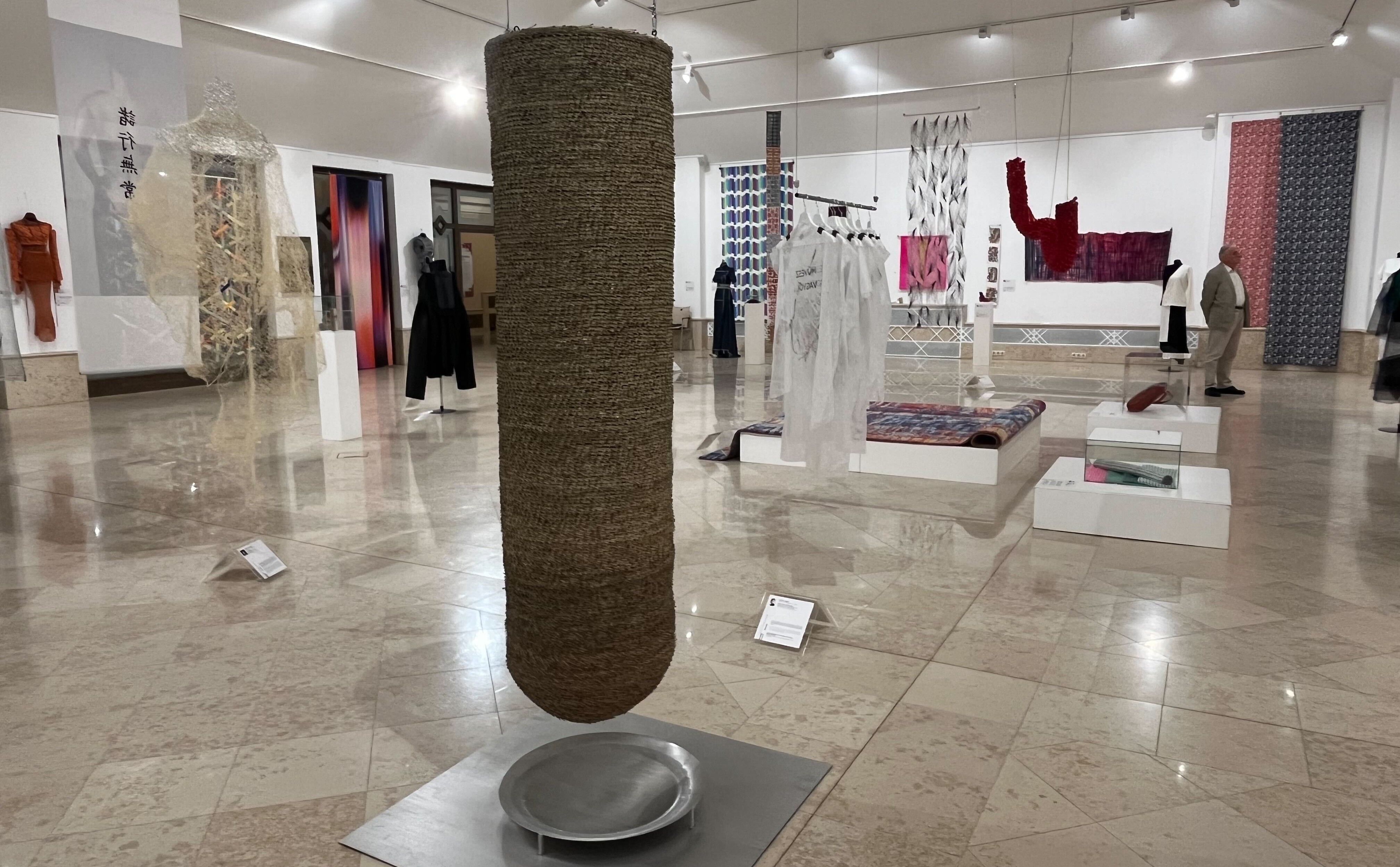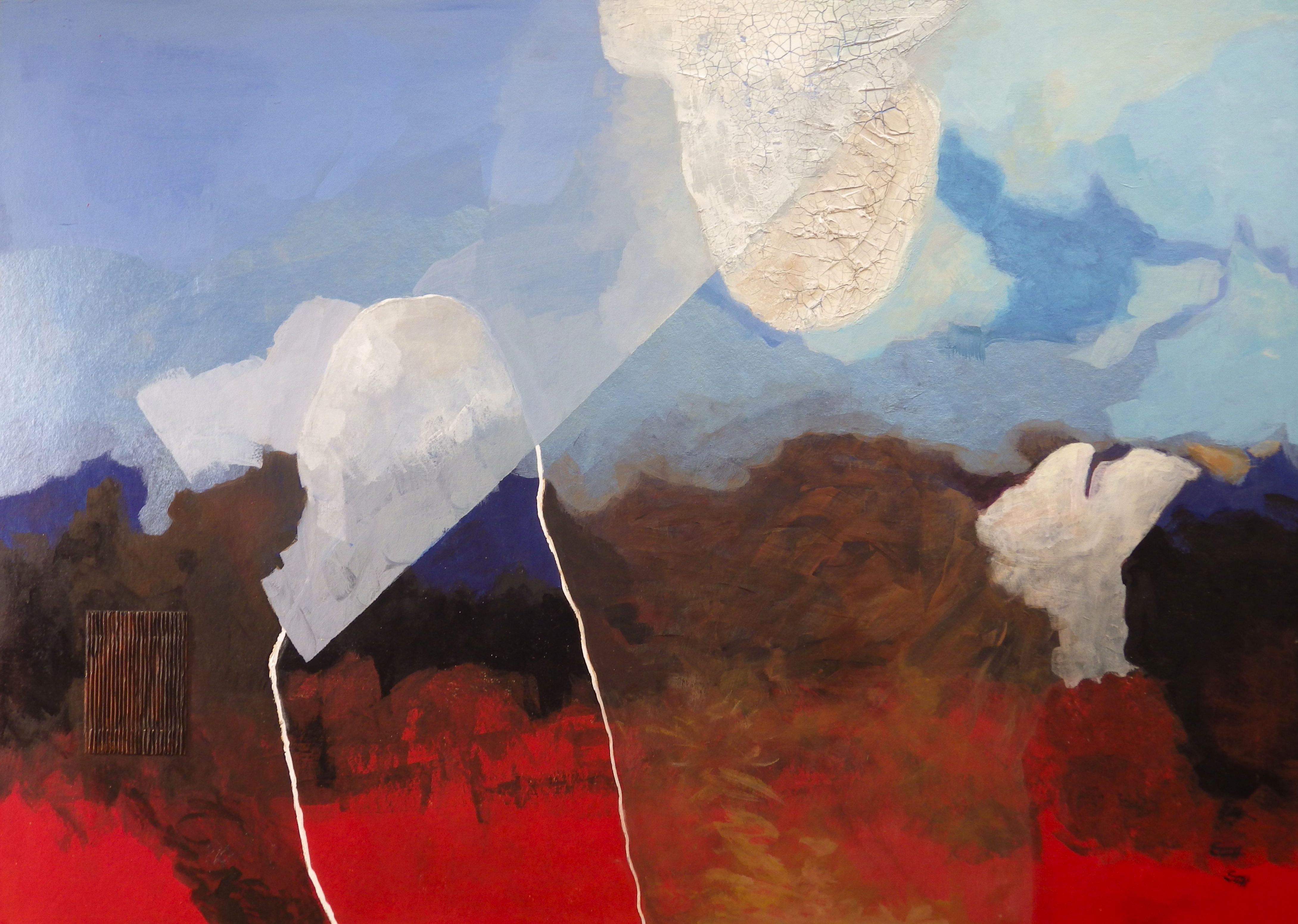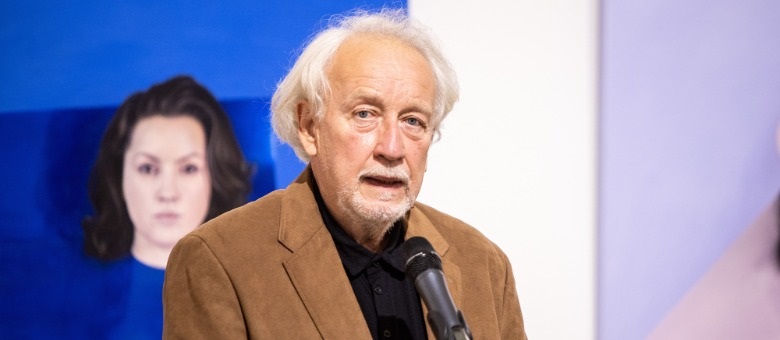
Just like in previous years, this autumn the Hungarian Academy of Arts' Section of Fine Arts yet again organises an exhibition showcasing selected artworks by Hungarian fine artists recognised by the Section's awards. On the occasion of this exhibition, Pesti Vigadó interviewed Regular Member of the Hungarian Academy of Arts, head of Section of Fine Arts, Munkácsy Mihály Award winning fine artist Péter Stefanovits.
Interview by Hanna Imre
Since 2013 award-winners are selected on an annul basis by the Hungarian Academy of Arts' Section of Fine Arts. What prompted the foundation of an award that, with the help of the Hungarian Academy of Arts, acknowledges and supports Hungarian fine artists?
Since its very foundation the Hungarian Academy of Arts has deemed it important to popularise and support diverse professional fields of the Academy. It has been doing so through putting the Hungarian national culture on the pedestal irrespective of which country the contributing Hungarian artists come from. Accordingly, the Section of Fine Arts, just like all other sections (i.e. Section of Architecture, Section of Film and Photography, Section of Applied Arts and Design, Section of Literature, Section of Fine Arts, Section of Art Theory, Section of Folk Arts, Section of Theatre Arts and Section of Music) decided to bestow section awards to further the recognition of Hungarian artists both as far as middle-aged generations with a significant lifework and young talents at the beginning of their career are concerned. In each section, grants are bestowed upon two exceptionally talented members of each of the generations above and below 40. Each year the Section of Fine Arts organises an exhibition where the artists thus recognised can present some of their artworks to the general public. Apart from the bestowal of section awards, four grant recipients were also selected this year. Those awarded with grants submitted a work programme to be realised in the forthcoming years.
What is the Hungarian Academy of Arts' primary aim through bestowing these awards?
The primary aim is the recognition of artists, especially Hungarian minority artists and those artists who are not necessarily "in the limelight". Today there are two section awards that we manage, and we can offer four grants to artists in the age group between 50 and 65.
What requirements do artists have to fulfil when wishing to run for the awards or apply for these grants? What is the selection procedure like?
Academicians in the given sections are aware of the artworks and careers of their respective fields and, based on their suggestions and through secret votes, a joint decision is made about the actual recipients of the awards and grants.
Apart from their contribution to the exhibitions, what other forms of support are award-winning artists provided with?
In addition to the acknowledgements, award-winners have the opportunity to stage their artworks at a joint exhibition to be showcased in Pesti Vigadó in the subsequent year their support is granted. The exhibition and its opening are certainly surrounded by media coverage, which aims to ensure that the news of both the showcasing and the artists reaches all interested professional circles.
Who are this year's section award winners and why exactly were these artists and works selected to participate at the exhibition?
This year's exhibition features works by the following artists. The two section award winners exhibiting at the showcasing are Ferenc Maurits from Historical Hungary's Southern Territories and Árpád Nagy Pika. Also exhibiting are grant winners Lajos Csontó, Miklós Ganczaugh, who unfortunately died during the year, Ádám Szentpétery from Historical Upper Hungary and László Szocska from Ruthenia. We always strive to direct attention to those artists who live further away from Hungary both in a physical and intellectual sense, and through their artworks more closely involve them in Hungarian professional circles.
On 6th October an exhibition featuring artworks by award winners of the 2019-2020 season opens in Pesti Vigadó. What is the structure of this exhibition and what is the basic concept behind it?
This exhibition hosts artists awarded in the 2019-2020 season. The showcasing presents new artworks by these artists, and also on show are their artworks created during the grant period. Every exhibition is organised by an expert curator. This exhibition opening in October was organised by writer and critic Csillag Abafáy-Deák in cooperation with Secretary of the Section of Fine Arts Katalin Baricsa.
Are there any other programmes run by the Hungarian Academy of Arts that support young Hungarian artists? If so, which project are these?
Two years ago the Hungarian Academy of Arts' sections introduced two new important and long-awaited systems of support. The Award for Lifework enables the Hungarian Academy of Arts to support two artists over the age of 65 in each section. The most significant incentive-purpose initiative of the past few years called Art Bursary Programme was established by the Hungarian Academy of Arts three years ago. In the scope of the Programme, 100 artists are awarded with support in diverse fields of art for a period of three years on an annual basis. This means that the number of artists receiving support grants in the age group of 18-50 is continuously a steady 300. In fact, this year marks the end of the first three-year-long period, and this provides an opportunity for both celebration and assessment. It is hoped that the Art Bursary Programme will continue in the future.

